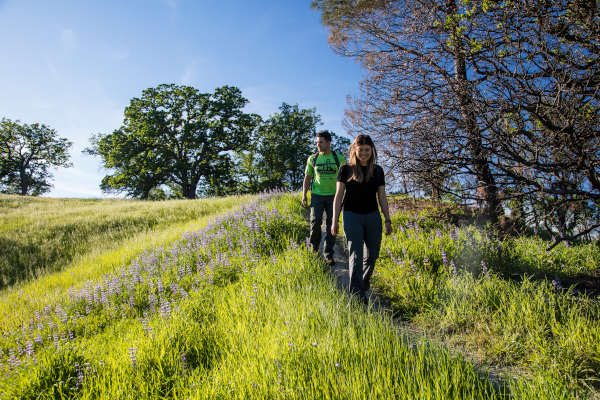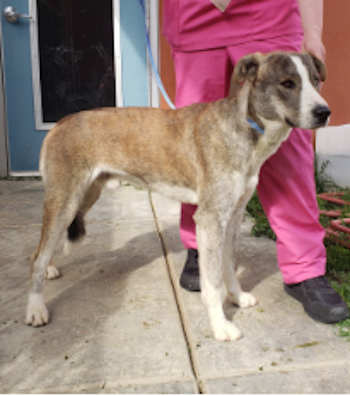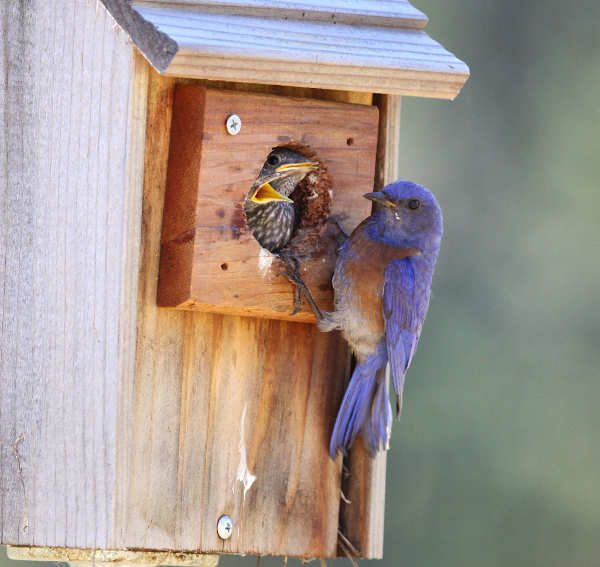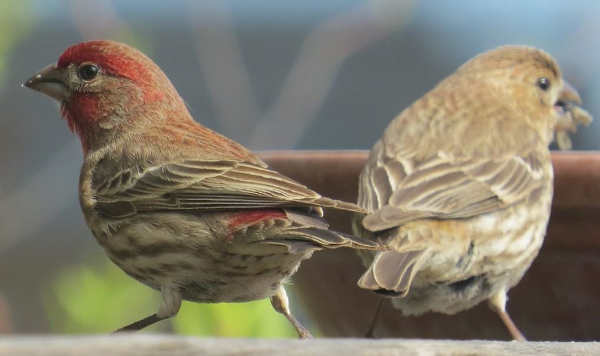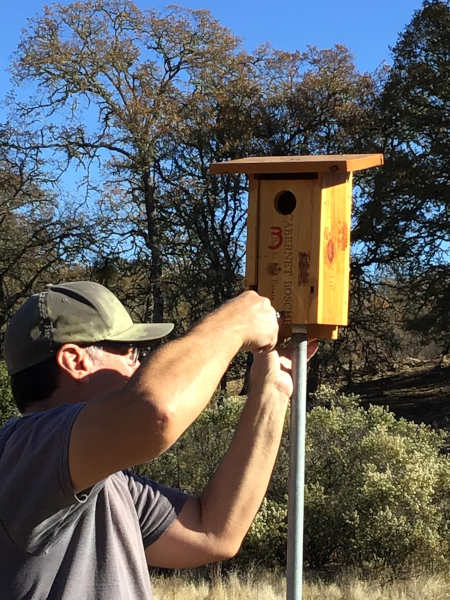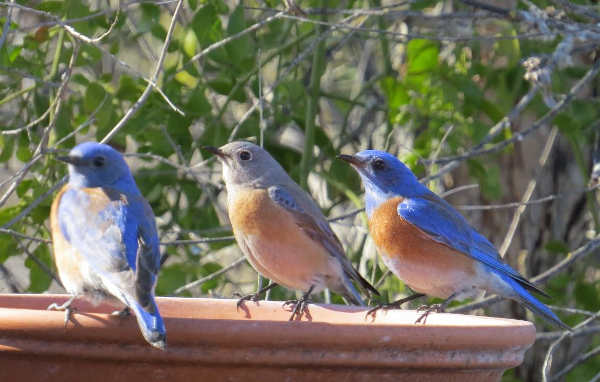- Karen Sullivan, Kim Riley and Terre Logsdon
Lake County Native Wildflowers: Serpentine sirens
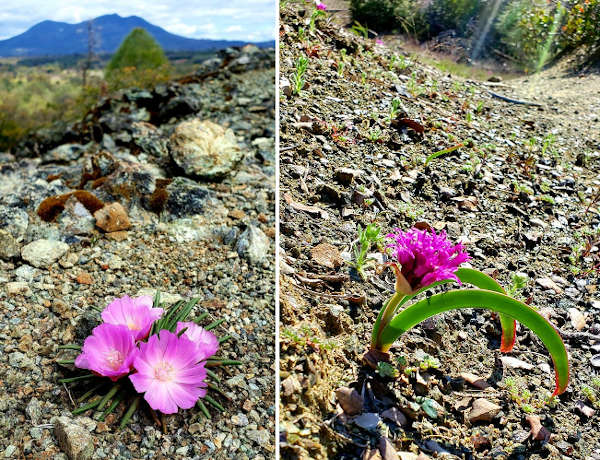
LAKE COUNTY, Calif. – With a background of slick green pebbles, the vibrant wildflowers on serpentine soils send a siren song of vibrant colors; many of them pink to fuschia, and all of them unique as the seemingly sprout from gravel.
Serpentine, the official California state rock is apple-green to black and is often speckled with light and dark colored areas as is found at Highland Springs Recreation outside of Lakeport, the McLaughlin Natural Reserve outside of Lower Lake, as well as many areas around Lake County and the state.
“Soil created from ultramafic rocks, serpentine soil, covers about 1% of California, but 13% of the state’s endemic plant species call it home,” according to the California Native Plant Society, and as serpentine rock is exposed to the elements of wind, sun, and rain – it decomposes to create a nutrient-deficient soil that not only stunts the growth of plants, but keeps other plants from successfully growing on these soils.
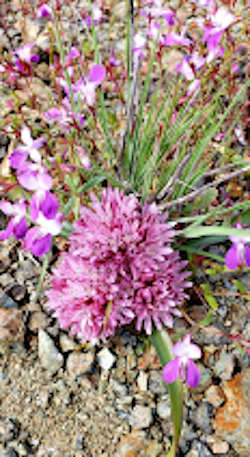
Composed of one or more of the three magnesium silicate minerals, "lizardite," "chrysotile" and "antigorite," the California Department of Conservation notes that, “Chrysotile in fibrous form is the most common type of asbestos. Asbestos is a term applied to a group of silicate minerals that readily separates into thin, strong, and flexible fibers that are heat resistant,” which made it popular to use in housing insulation and siding, as well as heat-resistant fabrics up to the late 20th century until it was phased out and banned due to the human health consequences of breathing in asbestos fibers; but serpentine soils are home for some stunning – but small – wildflowers.
One of these serpentine-growing wildflowers is known as Bitterroot, which also is the state flower of Montana, with delicate pale to vibrant pink flowers growing on what appears to be a succulent-type plant. Only visible for a few months in early spring, the bitterroot plant withers away when the heat sets in above ground, but a long taproot lies in wait for the next spring to grow again.
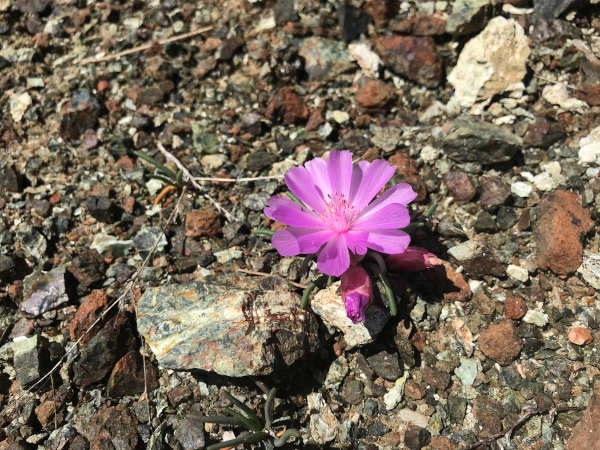
Wildflowers in the onion (allium) genus also are quite happy on serpentine soils and are related to the onions and garlic that we commonly eat, with California having over 45 different species of native onions, with 15 of those species growing in Lake County such as the scythe (or sickle) leaf onion, so named for the curve of the leaves similar to a scythe (a hand tool to cut grass or grains) and the Siskiyou onion (allium siskiyouense).
Highly developed in California, the allium genus often provides great drifts of color on dry slopes, ridges, and open fields with vivid shades of pink, rose, rose-purple, and wine.
Like bitterroot and other wildflowers growing on serpentine soils, the leaves die back after flowering as temperatures warm into mid-spring, with peak bloom time in late March through April – so #GetOutThere now and succumb to their siren song of spring!
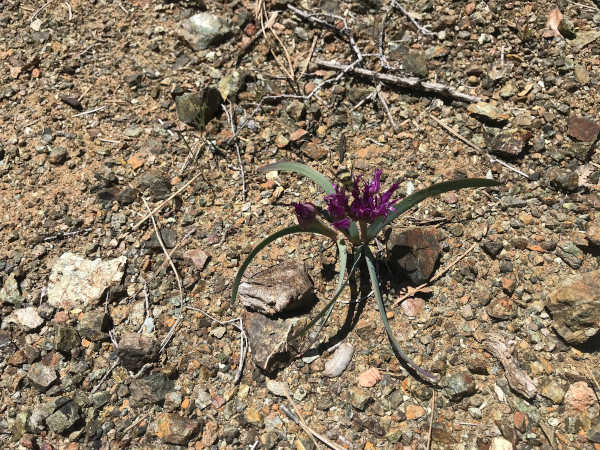
Nurseries where you can purchase seeds/starts:
Bitterroot: https://calscape.org/nurseries.php?id=2168&showmap=1
Scythe leaf onion: https://calscape.org/nurseries.php?id=136&showmap=1
Siskiyou onion: Unknown at this time
Terre Logsdon is an environmentalist, certified master composter, and advocate for agroecology solutions to farming. An avid fan and protector of California wildflowers, plants, natural resources, and the environment, she seeks collaborative solutions to mitigate the effects of climate change. Kim Riley is retired, an avid hiker at Highland Springs, and has lived in Lake County since 1985. After 15 years of trail recovery and maintenance on the Highland Springs trails, she is now focused on native plants, including a native plant and pollinator garden on her property as well as promoting and preserving the beauty of the Highland Springs Recreation Area. Karen Sullivan has operated two nurseries to propagate and cultivate native plants and wildflowers, has lived in Kelseyville for the past 30 years, rides horses far and wide to see as many flowers as possible, and offers native plants and wildflowers for sale to the public. You can check her nursery stock here: https://calscape.org/nurseryplants/416/ord-popular/np-0/page-all?fbclid=IwAR1qIxpajtUTpRKm4yRl_GjZK4h4El3yJNU4vojBg_C9d3Hdp-5_qJ1UMYI. They are collaborating on a book, Highland Springs Recreation Area: A Field Guide, which will be published in the future. In the meanwhile, please visit https://www.facebook.com/HighlandSpringsNaturalists and https://www.facebook.com/HighlandSpringsRecreationArea.
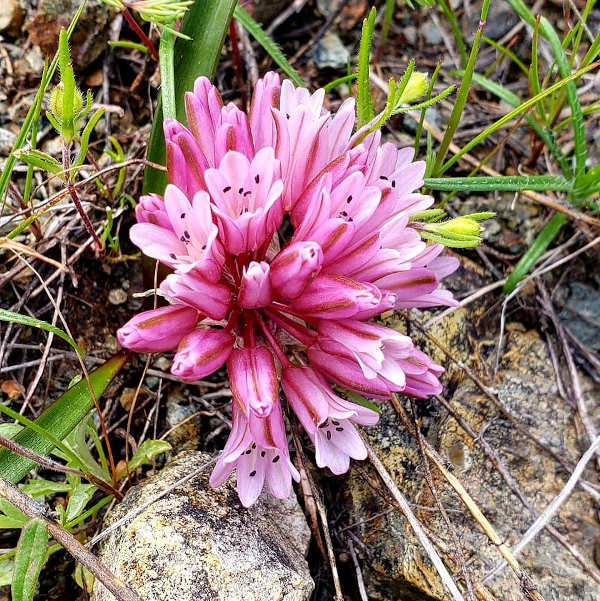

 How to resolve AdBlock issue?
How to resolve AdBlock issue? 